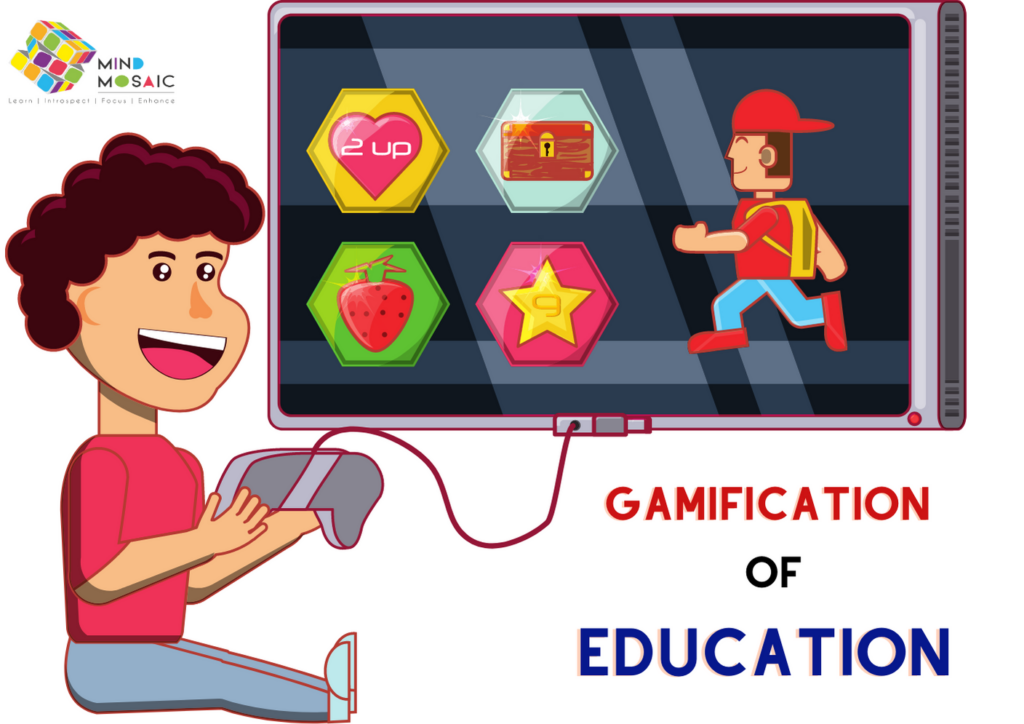
The traditional image of education often involves students sitting in classrooms, passively absorbing information. However, an innovative approach called “gamification” is changing this perception. Gamification brings the principles of game design and mechanics into educational contexts, transforming learning into an engaging and interactive experience. In this blog, we’ll explore how gamification is revolutionizing education and its impact on students.
Engagement Beyond the Classroom:
Imagine a classroom where students eagerly dive into their assignments, fueled by the prospect of earning points, leveling up, and unlocking achievements. This is the essence of gamification in education. By incorporating game mechanics like competition, rewards, and challenges, educators can capture and sustain students’ attention in ways previously unimagined.
- Fostering Intrinsic Motivation:
Games are built to trigger intrinsic motivation – the inner drive to accomplish tasks for personal satisfaction. Gamification taps into this principle by offering students a sense of autonomy and control over their learning journey. As they conquer challenges and earn rewards, students become more self-directed and enthusiastic learners. - Interactive Learning Experiences:
Gamification encourages active participation. Whether it’s solving puzzles, answering quizzes, or collaborating with peers, students engage with the content in a dynamic and interactive manner. This hands-on approach not only deepens comprehension but also makes learning enjoyable. - Immediate Feedback and Progress Tracking:
In games, feedback is instantaneous, guiding players on their progress and areas for improvement. Similarly, gamified learning platforms provide instant feedback to students, allowing them to identify strengths and weaknesses. This real-time assessment empowers learners to adapt and refine their strategies. - Creating a Growth Mindset:
Gamification nurtures a growth mindset – the belief that abilities can be developed through effort and practice. When students encounter challenges in games, they persistently strive to overcome them. Translating this mindset to education encourages students to embrace challenges and view mistakes as opportunities for growth. - Fostering Healthy Competition:
Healthy competition can be a powerful motivator. Gamification introduces friendly rivalry among students, inspiring them to push their boundaries and excel. Leaderboards and achievement badges celebrate accomplishments, creating a sense of accomplishment and pride.
Gamification injects a sense of excitement and interactivity into education, making it a powerful tool for modern educators. By harnessing the principles that make games engaging, teachers can create dynamic learning environments that inspire curiosity, critical thinking, and a lifelong love for learning. As gamification continues to evolve, it holds the potential to reshape the future of education, one engaging level at a time.
